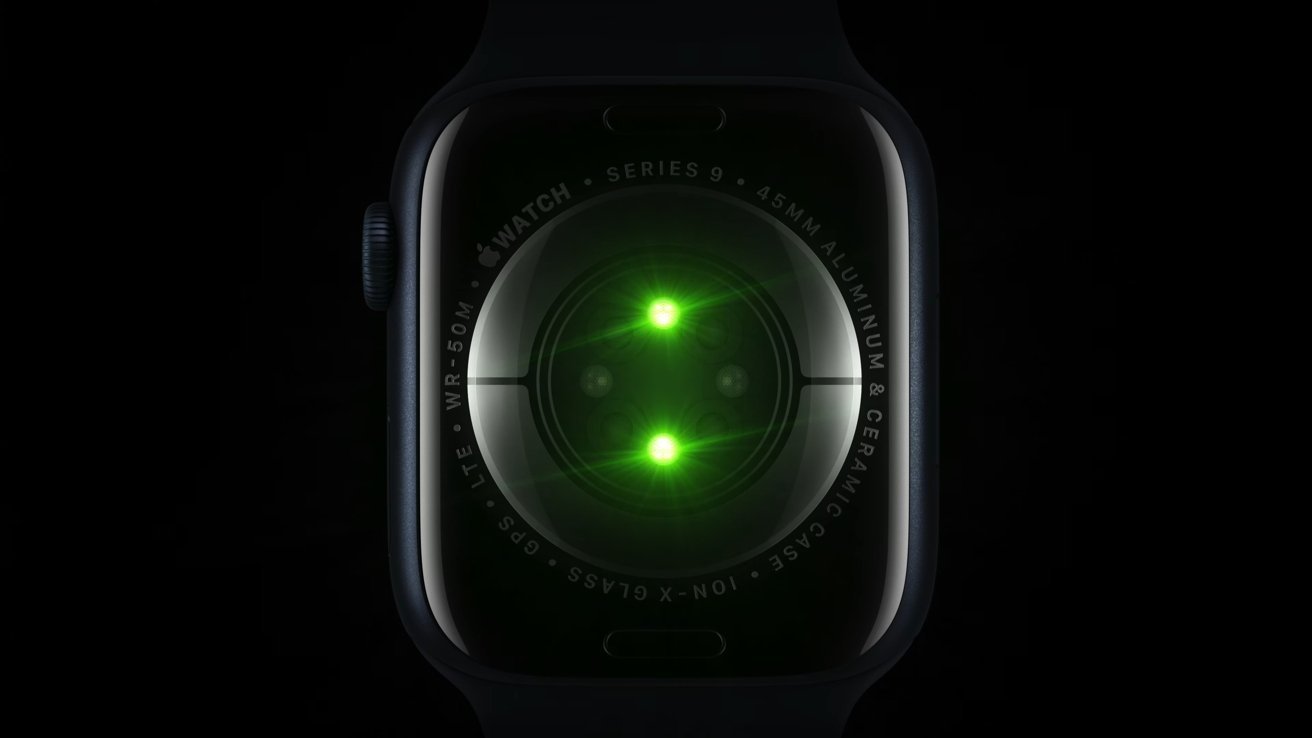Apple Watch blood oxygen ban should never have been put in place, and Apple wants it overt...
Apple is urging a U.S. court to undo a trade decision that blocked imports of the Apple Watch because of the blood-oxygen sensor implementation, claiming it unfairly impacted millions of users.

Apple fights blood-oxygen ban on Apple Watch in court
On Monday, Apple asked a U.S. appeals court to overturn a trade ruling that forced it to disable the Apple Watch's blood-oxygen feature. The company argued the decision wrongly penalized millions of users.
Masimo, the medical tech firm behind the complaint, said Apple was trying to rewrite existing law to protect its product. Reuters points out that the judges questioned whether Masimo's competing device, still undeveloped at the time, justified the International Trade Commission ruling.
Apple's legal team argued the ban was unjustified since Masimo's watch was "purely hypothetical" in 2021. Masimo, however, doesn't believe that a finished product needed to exist. Doubly so, as it maintains Apple hired key Masimo employees, which facilitated Apple's knowledge of Masimo's then-secret blood oxygen sensor innovations.
A battle five years in the making
The years-long battle began all the way back in 2020 when Masimo alleged Apple stole trade secrets and infringed ten patents used in the Apple Watch's health tracking features. Masimo also accused Apple of poaching staff and using confidential technology without proper credit.
Masimo's 2020 lawsuit sought damages, a sales ban, and credit for inventions allegedly misappropriated by Apple. The case also targeted former Masimo and Cercacor scientists now working for Apple.
Although Masimo's trade secret claims eventually fell apart in California, the ITC ruled in 2023 that Apple had infringed several of its patents. This ruling temporarily blocked imports of Apple Watch models using the contested sensor.
Apple disabled the blood oxygen feature via software to keep selling the Apple Watch in the United States during the appeal process. Masimo's own smartwatch, the W1, was later found to infringe Apple's design patents.
Amid the ongoing dispute, Masimo CEO Joe Kiani resigned after losing a power struggle with a hedge fund, though his departure was unrelated to Apple. Kiani had previously expressed willingness to settle, but Apple made no move to negotiate.
When the smartwatch market declined in 2024, Apple saw a major drop in shipments partly due to the patent dispute.
Read on AppleInsider

Comments
There are those who vow they'll never by a Watch without it because it's that important. I guess. What these proclamations never seem to provide is what they're doing for SPO2 monitoring in the meantime. Do they buy a watch that does have the feature, and if so, what watch. Do they carry a dedicated SPO2 monitor in the meantime?
I don't suffer from COPD, asthma, or any other impaired breathing disease or condition, so monitoring isn't a high priority for me. I have Watches and a finger-tip monitor that provide it, all out of curiosity for the most part.
So I'm good till maybe the Ultra 3 and S12 Watches. Since they're a pretty mature platform it'll take at least a holographic projection of an hour glass before I buy again. Even if the SPO2 sensor isn't active.
Prior art dating back to the 1840’s…. Karl Matthes, Glenn Millikan, and Takuo Aoyagi were prominent in the development of pulse-oximetry in the 20th century.
https://www.cablesandsensors.com/pages/history-of-pulse-oximetry If anyone should be suing, maybe it should be Hewlett Packard or Takuo Aoyagi. Most of the basic ideas was done (conceived) by others, the advancement of mechanical engineering technology allowed the equipment to be made smaller and more compact in time, what would have been new to them would have been all of the advancements made in alloys and materials over the years which was used to build smaller more compact devices, however the core functionality, would have been recognizable to them. Massimo and Apple merely built upon/on their shoulders, the prior art of many others who came before them starting with an idea in the 1840’s.